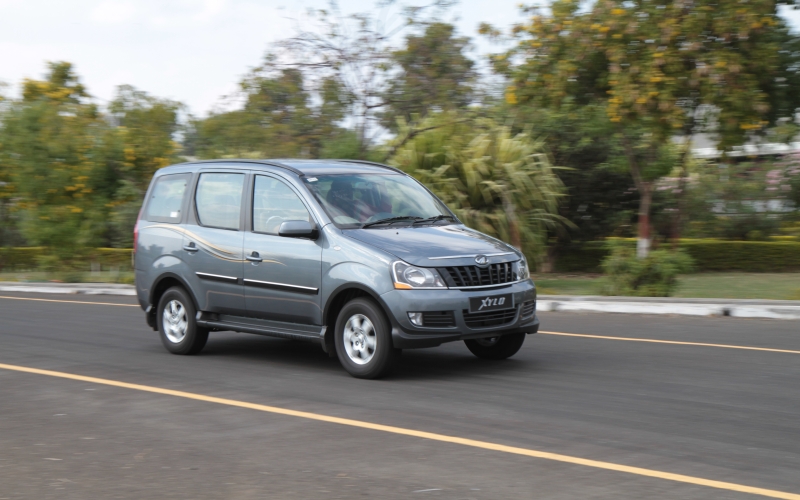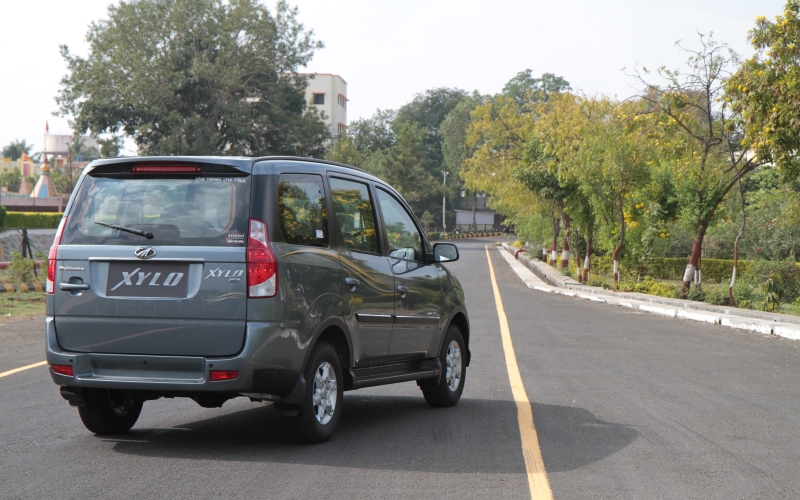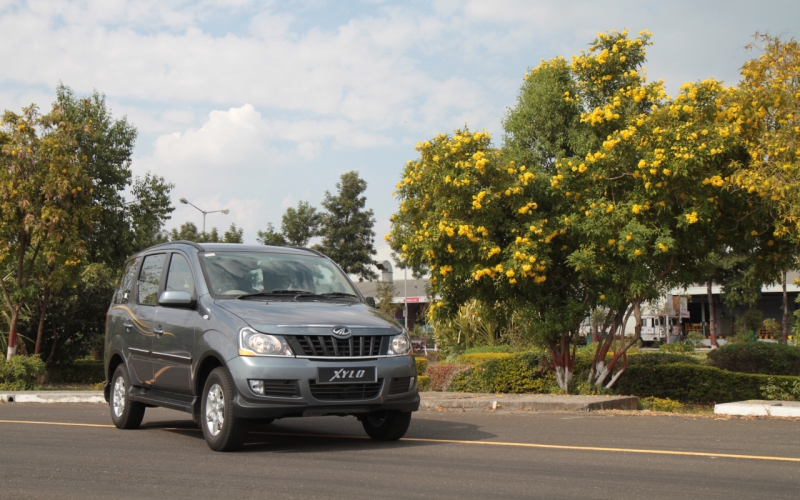
The main changes, however, said the man with glasses from the company, lie in the revised suspension set-up. The Xylo now gets polyurethane bushings and bump stops for the shock-absorbers, instead of the old rubber units. This helps to further improve damping. Furthermore, the rear set-up gets a stabiliser bar, something sorely missing earlier, while the front end gets a thicker stabiliser bar, up to 30 mm from 28 mm. This, they say, helps effectively counter body-roll – an aspect which plagued the previous version of the car. Adding more degrees of softness to the ride are the 15-inch wheels shod in 215/75 rubber, which also continue as before.
We had the opportunity to take the Xylo for a spin at the company’s little test-track within their plant in Nashik, and the car did behave better than before. While acceleration and straight-line stability were not a problem, turning in and taking a corner at speed is still quite disconcerting, especially in the really tight bends, like the 180º Indy-oval-style left-hander which presented itself almost immediately after the straight. Call it wishful thinking, but we would love to see some sort of gyro-sensor equipped roll-stability control added to the mix. Either way, it’s heartening to see these improvements being put in place.
The rest of the Xylo stays the same, as does the price. The H4 is available with optional ABS, while the H8, as mentioned earlier, is equipped with ABS as standard, with optional airbags. The H9 is fully loaded out of the box. The refreshed Xylo is already available in dealerships, and Mahindra hope their efforts will not go unnoticed. Quite a positive twist to the start of their year, if we’d say so ourselves.





















Leave a Reply